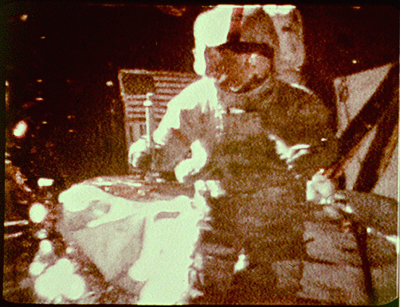Galileo – a great scientist
Galileo: the father of modern science
Galileo is widely considered to be one of the greatest scientists who ever lived. He is said to be the first scientist who used experiments as a way to test theories.
In the video below, we see how he came up with one of his most famous theories. This idea was that all objects, regardless of their weight, fall with the same speed.
 To test his theory, Galileo did a range of experiments. It is sometimes said that in one of these experiments, Galileo dropped two balls from the top of the leaning tower of Pisa. One ball was wooden and one was lead. Historians think this probably didn’t happen, although Galileo did, they say, suggest that this would be an exciting way to see his theory working in practice.
To test his theory, Galileo did a range of experiments. It is sometimes said that in one of these experiments, Galileo dropped two balls from the top of the leaning tower of Pisa. One ball was wooden and one was lead. Historians think this probably didn’t happen, although Galileo did, they say, suggest that this would be an exciting way to see his theory working in practice.
Air resistance changes how the balls fall. It is as if one ball has a parachute.
Interestingly, Galileo’s experiment was tried years later: Two balls were dropped from Pisa but the surprise was that the lead ball hit the ground first. Why? Galileo knew why. He had already predicted that this would happen. If gravity were the only force at work, the balls would have hit the ground together, but air resistance also plays a role.
A couple of hundred years later, a chance came for scientists to see this experiment without air.
 In 1971, Commander David Scott (pictured right) from the Apollo 15 mission, put Galileo’s idea to the test. In front of a live television audience, in one hand, he held a hammer and in the other, a feather.
In 1971, Commander David Scott (pictured right) from the Apollo 15 mission, put Galileo’s idea to the test. In front of a live television audience, in one hand, he held a hammer and in the other, a feather.
Scott dropped them at the same time … and scientists nodded with satisfaction. Just as Galileo had concluded hundreds of years before, it really is the case that all objects released together fall at the same rate.